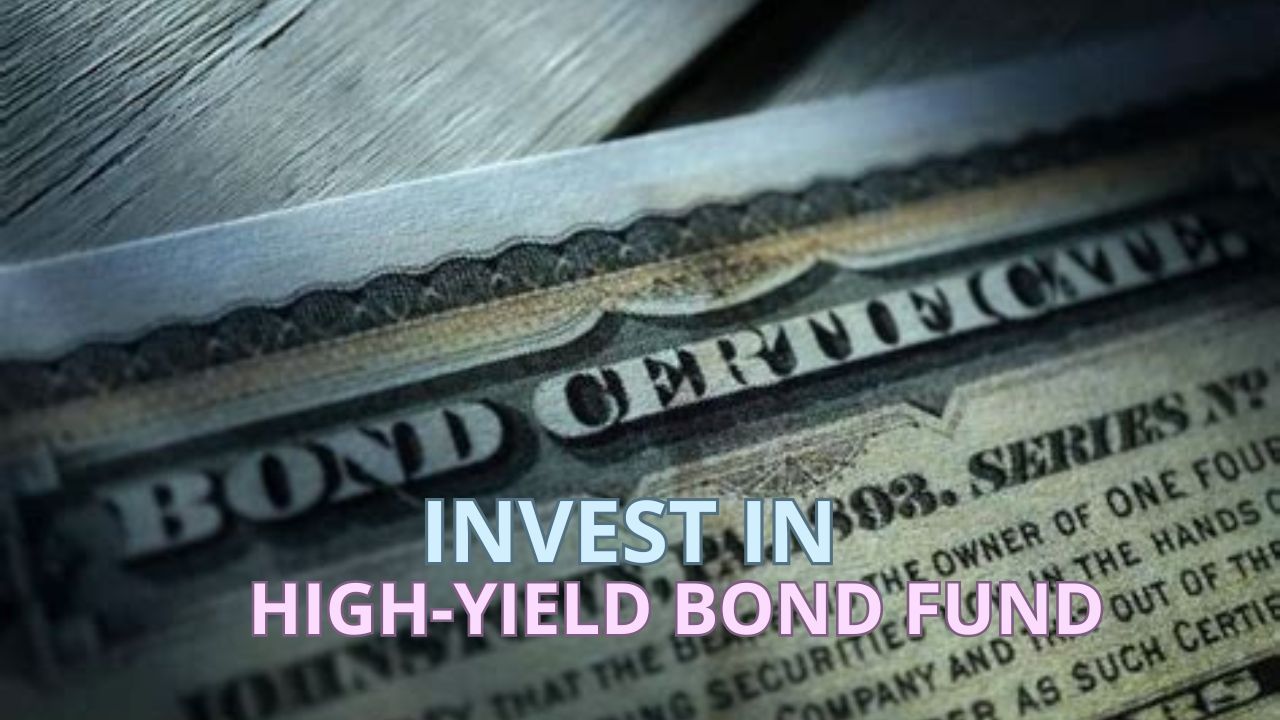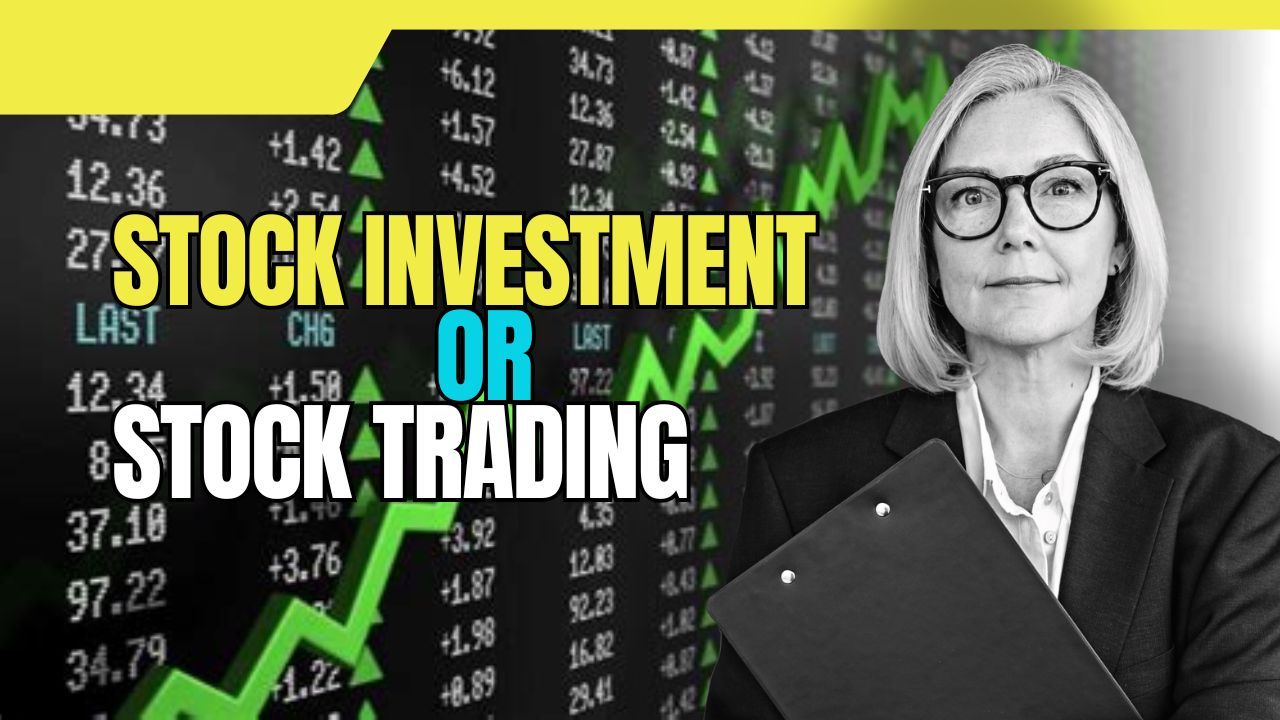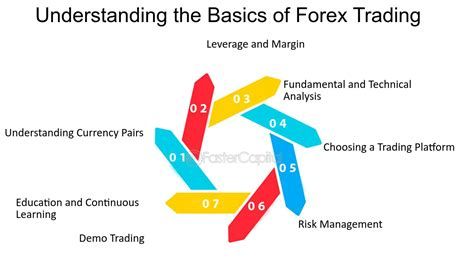How To Invest In A High-Yield Bond Fund

Futureincomes.site may it be full of success., At This Moment let's discuss the hot Investment. Views About Investment How To Invest In A HighYield Bond Fund Read it all the way to get a complete picture.
High-Yield Bond Funds Explained Perhaps You May Call as Junk Bond Funds
These generally target companies that have been assigned a lower credit rating and specialize in high yield bonds (also known as junk bonds). These funds attempt to earn a higher return on their fixed-income security holdings, relative to yield on securities rated as investment grades (IG).
High-yield bond funds have performed excellently during the last decade and analysts expect them to have an impressive return in the coming decade or so. High yield bond funds invest in low rating bonds giving the bond investor the chance of earning greater income. One thing which however is very important is the understanding of these bonds concerning the couple of risks that these dollars are tied to which might leave them in losses.
Allocating high yield funds bonds is particularly risky as the actual ability of the companies behind the bonds might lead to issuance defaults. These companies tend to have more financial distress leading to default, or bond holders missing out on interest payments. Interest rate sensitivity can also be considered as a risk factor as well.
When investing in high yield bond funds, how the high yield bond portfolios will react to changes of interest rates should be a major factor in fund selection. As high yield bond funds tend to have a longer duration, they may make the borrower close to five times or more than the base LIBOR rate. Therefore, they may be costlier than general corporate papers once the cost of raising these funds spike up.
The last thing however that any investors should take into considerations is how the world economy is doing. In recessions, there are very slight chances that these funds will perform well as opposed to when the economy is expanding, which is likely to yield good results.
Investing in high-yield bond funds requires a sound diversification strategy. By signing up in more than one issuer and industry, investors can lessen the impact default by one issuer.
Choosing only high yield bond funds with a broad range of portfolios and have experienced fund managers is important. To end, it is wise to fully understand how the high-yield funds operate before making any investment.
Though it promises better returns, the investors should also be cautious about risks rotating around low credit quality, interest rate changes and economic conditions. Some of these risks can be reduced through diversification and selection of fund managers with care.
Advantages of Investing in High-Yield Bond Funds
There is a large range of advantages that come with investments in high yield bond funds. These funds usually have higher returns than the normal few all there in the investment market, making them such an option for those who are interested in more investment returns.
Indeed, high yield bond funds can act as a diversification strategy in the investment portfolio, as most other classes have little or no relation. Thus, this can lead to a reduction in overall portfolio risk.
Also, high-yield bond funds are predicted to be able to generate interest payments for their followers which enable them to provide an income. This might appeal to investors who are mainly looking to generate income. Finally, high-yield bond funds should be seen as an important component of a diversified investment portfolio – they come with steady income and possibilities for capital growth as well.
What You Should Pay Attention to Before Engaging In Investments
Prior to delving deep into the key factors to consider before investing, it would be prudent first to underscore the importance of carrying out relevant due diligence with your investments. Investment could be a strong vehicle for building wealth, but comes with its own set of risks and other Issues which need to be assessed properly.
The following are however some important considerations that should inform your investment decisions in the first place.
- Risk Tolerance: Firstly, you have to know what your risk tolerance level is. In finance it means the extent to which an investor is willing to lose in pursuit of various investment options. Knowing your appetite for risk will help you choose investments which are more suited to your comfortable level.
- Financial Goals: articulating your financial goals is obviously the next step. Are you saving to retire, own a home, or invest in your child’s education? Each purpose may require different investing approaches and time frames. However, making SMART goals will enhance clear-thinking in your investment decisions.
- Time Horizon: Assess how long you imagine yourself staying invested for. Vice versa, some investments have lower liquidity and may take time to realize their potential. For routines that are private and cash equivalent, investment strategies are conservative. For pension funds and IRAs, invest with a parents view and a long time period.
- Diversification: Everything is not true in life ‘There is a Rule- ‘Don’t put all your eggs in a single basket’ which is referred as a diversification in an investment strategy’. The assets across a portfolio in relation to the tendency to be underperforming at least one of those investments are compensated due to the trend which can be controlled by distributing across a range of assets of units or groups which are also encapsulated in geographical perspective.
- Market Research: It is very crucial to analyze each investment that may seem suitable for you on the deep level. Review how investment performance looked like in the past, what it is currently and what expectations do decision makers have considering the future investments impact on the investment structure’s developments. Consider touching base with some applicable professional experts or try to expose yourself to some relevant online sources.
- Investment Vehicles: What do units like stocks, bonds, mutual funds, real estates plus others refer to Market structure being significant includes various risk return profiles. Different investors have different levels of concepts of risk and risk tolerance that are relatable to aspirations for integration. Define the sacrosanct cars which appeal or exceed the risk tolerance levels you posess.
- Fees and Costs: Understand the costs related to investing. These can include transaction costs, management costs and taxes. Consider how these costs affect your expected returns and invest in those investments which have an acceptable cost to return ratio.
- Monitoring and Review: Investing is not a one-time affair. Constantly track your investments and assess how they are performing with respect to your targets. Be willing to change these targets when the situation in the markets or your own situation calls for a change.
These above mentioned factors will help you along in making the right investment decisions and be able to adhere to your investment objectives. Always keep in mind that investments go hand in hand with learning, and you should be able to adjust as necessary.
Take the assistance of professionals when the need arises and always keep up to date with the changing nature of investments.
The Bond Fund That Offers The Highest Yield
High-yield bond funds, or junk bond funds are bonds with lower credit rating that offers a higher risk with higher returns. These kinds of funds have a higher potential payoff than investment-grade bond funds which suit investors who want a bigger reward.
Broadly, the types of high-yield bond funds that are in the market include: actively managed funds, index funds, and exchange-traded funds (ETFs). In the case of actively managed funds, users are provided with fund managers who actually choose out specific bonds, while index funds simply focus on attaining the particular bond that the index uses.
ETFs, on the other hand, can be bought and sold on stock exchange all day and they function throughout the day. Other distinctive characteristics however define each subtype of high-yield bond fund the underlying risk and potential reward of these funds so that investors can choose whichever funds corresponds the most with their financial goals.
Assessing the Risk-Reward Tradeoff
The risks and possible rewards with RiskReward Tradeoffs is an essential tool that informs decision making processes in various fields of practice. The analysis of risk-reward is important as it provides a clear understanding of what gains can be achieved and what losses might arise from doing a particular course of action.
In several fields including finance, the real estate business or even one’s own personal life, it is vital to assess the potential losses against the prospective gains. In this regard this assessment should be of great assistance in guiding making of decisions and minimizing the degree of uncertainty that such individuals and organizations encounter.
This in turn means that they will be able to find a fine balance between risk and reward potential. It is quite tricky as it entails seeking for growth opportunities while at the same time there is a risk of uncertainty.
After all clearly appreciating and objectively assessing the risk-reward relationship can enable investors to make better decisions and be successful in their activities.
Factors Affecting Decision Making
Factors affecting decision making mean the evaluation of the factors that have affected all decisions taken in the past. It is useful in considering future directions of activity. By looking over the historical factors, both individuals and organizations are able to seek out what worked, what did not work so well, and plan themselves in the future better.
This process entails broad reaching and oftentimes messy data collection including such elements as balance sheets, specific market data and customer surveys. By making use of the past performance information history illustrative businesses have clearly defined their weaknesses and how to address them in the future.
Lastly historical performances give an explanation on the theme of the storyline and they also provide goals to be obtained through making predictions about the future. All in all historical performance analysis enhances chances for determining the commission of sound decisions that will lead to optimization of future benefits.
Evaluating the Fund Manager’s Competence
Sure, I can help with that. Fund manager’s competence is of utmost importance in the investment decision-making process. In most cases, the investors will first look at the historical performance of the fund manager, his overall strategy, and the skills in managing risk.
That’s also critical when measuring fund managers, or other management, net returns so emphasizes on consistent returns achievement over the long term while beating the general market. Moreover, even a part of exposing assets to invest in trust in relation to inverse average there's a look into their ability, style, and overall culture, which would be critical aspects of mana.
On the basis of these aspects, investors will be more selective as to which fund managers to invest their money with. It is important to get and appreciate the fact that competence is one of those areas where you will require extensive assessment and judgment.
In the end, the aim is to find out those fund managers who have the right kind of capability in in achieving the set investment goals.
How Diversification Can Be Used in Enhancing Bond Fund Investment Performance
Diversification is without doubt the fundamental focus when talking about investments in bond funds. Investing in different bond types will thus enable an investor to reduce the total risk in their portfolio. Issuer of the bonds, maturity of the bonds and the credit ratings, are also crucial when talking about the general diversification.
Buying bonds from various organizations, states, or counties makes it possible to lessen the risk of one issuer going into default. Moreover, it is also helpful to diversify among bonds with different maturities to balance short and long term investments.
Finally, there is also potential in investing in bonds with different credit quality, as those will deepen portfolio’s diversification and might provide better returns. By using these strategies of diversification, an investor is able to construct an appropriate bond fund portfolio which on the average seeks to balance the growth and security of the investment over time.
That is the complete summary about how to invest in a highyield bond fund that I have presented in investment Hopefully this article provides new insights stay enthusiastic and pay attention to your health. Share it with friends so they also know. hopefully the next other article is interesting. Thank you.









